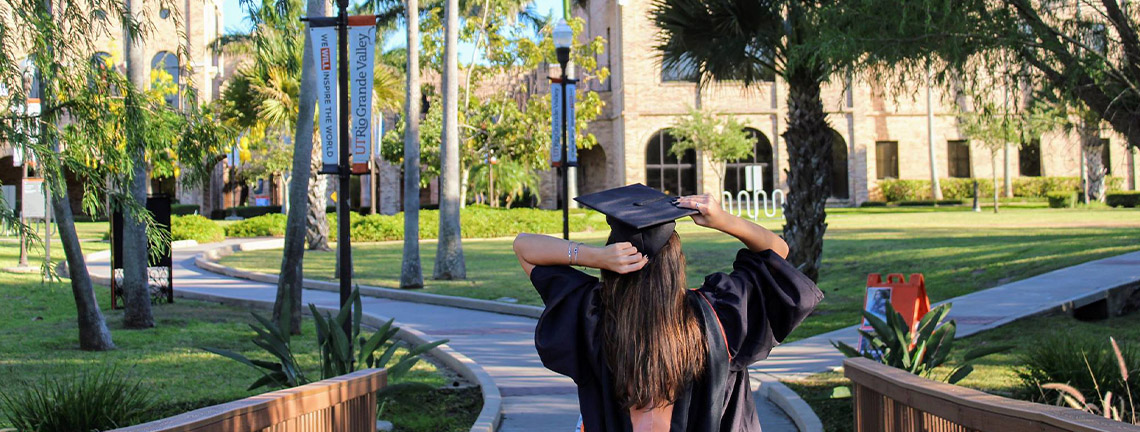
Theses and Dissertations
Date of Award
12-2015
Document Type
Thesis
Degree Name
Master of Science (MS)
Department
Biology
First Advisor
Dr. Carlos E. Cintra-Buenrostro
Second Advisor
Dr. Alejandro Fierro-Cabo
Third Advisor
Dr. Heather D. Alexander
Abstract
Seagrass beds are pivotal in the functioning of coastal ecosystems in terms of productivity, organic matter turnover and nutrient cycling. Aiming to document decay and nitrogen (N) dynamics of turtle grass (Thalassia testudinum) in a subtropical estuarine system, decomposition patterns of leaves and rhizomes were characterized and compared. Nitrogen usage during decomposition of tissues, and of live tissues and epiphytes growing on live leaves, was also quantified and compared. Stable isotope ratios allowed tracing N within the seagrass bed, following N incorporation into seagrass tissues from the surrounding media (water, sediment). Leaves had a higher N content and decomposed at a faster rate (~6.4 times) compared to rhizomes. Leaching of soluble materials explain the rapid (0–3 days) initial mass loss of leaves (20%) and rhizomes (18%); with a loss of 85 and 56%, respectively, by the end of the study (77 days). Overall, leaves released N while rhizomes immobilized it. Nitrogen concentration was significantly different among live tissues. The main source of N for both seagrass tissues was the sediment, and water column for epiphytes. Differences in decomposition rates among seagrass tissues can be explained by the quality of the substrate and its susceptibility to microbial use. Seagrass leaves and rhizomes are equally important in taking up nutrients from either the water column or the sediments. This study provides a platform to study energy and matter transfers through detrital foodwebs linked to seagrass meadows.
Recommended Citation
Delgado, M. (2015). Decomposition and nitrogen dynamics of turtle grass (Thalassia testudinum) in a subtropical estuarine system [Master's thesis, The University of Texas Rio Grande Valley]. ScholarWorks @ UTRGV. https://scholarworks.utrgv.edu/etd/28


Comments
Copyright 2015 Monica Delgado. All Rights Reserved.
https://www.proquest.com/dissertations-theses/decomposition-nitrogen-dynamics-turtle-grass-t-i/docview/1771642511/se-2?accountid=7119